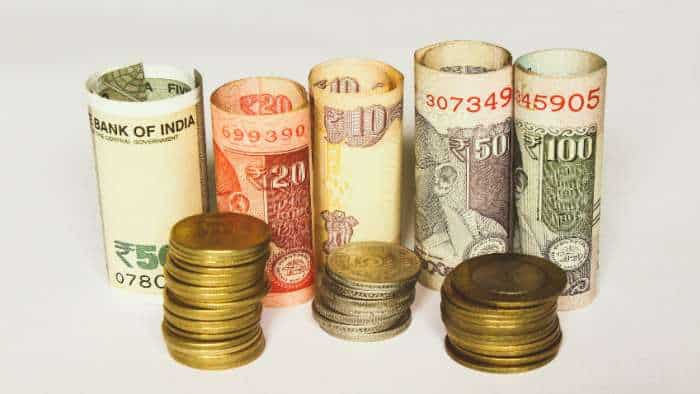Holi Special Stocks Advice: Analyst suggests what to do while trading in equity market to minimise 'red risk'
Holi, a festival of colours, is celebrated to mark a victory of good over evil. With investment perspective – Red is termed a risk (danger) and to win over this risk (evil), the analysts suggest investors to be not just cautious but also calculative while trading in the stock market.

Holi, a festival of colours, is celebrated to mark a victory of good over evil. With investment perspective – Red is termed a risk (danger) and to win over this risk (evil), the analysts suggest investors to be not just cautious but also calculative while trading in the stock market.
The Indian markets on Thursday have closed positive for the second straight session, with both benchmark indices – Sensex and Nifty50 – gaining around 2 per cent, while even broader markets followed the frontline indices and settled higher, each mid and small-cap up over 1 per cent.
See Zee Business Live TV Streaming Below:
Equity as an asset class by nature are volatile and this volatility do give an opportunity to generate additional returns compared to any other asset class. However, this volatility adds the element of risk as well.
To avert or reduce risk, Harshad Chetanwala, Co-Founder MyWealthGrowth.Com suggested, investors to construct the overall and equity portfolio based on risk-taking ability as well as timelining the goals.
He explains, equity as an asset class by nature are volatile and this volatility adds the element of risk as well as an opportunity to generate additional returns compared to any other asset class.
With respect to short term needs, the analyst asks investors to consider debt-based investments where the chances of it going in red that making losses is quite low.
And, even for mid-term goals a blend of debt and some investment in equity could work, the analyst said, adding further that one should only invest in equity, if investment horizon is over 5 years.
“If we look at Sensex on a monthly rolling basis since 2000, there has not been any 7 years cycle where the returns are in red. Hence, equity is meant for long term only,” Chetanwala said.
“Another way to reduce the impact on your portfolio is to take advantage of falling stock prices or NAVs of Mutual funds and keep investing gradually on days when the market consolidates. Such a strategy will be very beneficial over long term when the stock market revives,” the analyst added.
Similarly, another analyst Sandeep Jain – TradeSwift-Director states that correct timing will help any investor to avert or reduce the risk while trading in the equity market. He lists out three elements to identify, which could eventually aid to manage risk: Goal, Objective, and Role.
Jain added, these three things need to be clear and need to identify one either they are for long run or short. Generally, participant of stock market considers themselves an investor, but if you’re not ready to stay for a long term, then he/she is not an investor but rather a trader, the analyst noted.
And, traders have their own stop losses and targets, risk management philosophies, TradeSwift Director mentioned further adding that long investors more likely invest only unwanted money, and wait for bumper returns unlike traders.
If one cannot wait for long-term, the analyst urges those investors to stop playing in the market with red (dark) colour, rather head for gulaal (lighter colour) such as mutual funds. With respect to short-term investors, the analyst suggests that they should not only be prepared but also be ready to avert or reduce the risk, way prior investment.
Get Latest Business News, Stock Market Updates and Videos; Check your tax outgo through Income Tax Calculator and save money through our Personal Finance coverage. Check Business Breaking News Live on Zee Business Twitter and Facebook. Subscribe on YouTube.
RECOMMENDED STORIES

Top 7 Flexi Cap Mutual Funds With up to 52% SIP Return in 1 Year: Rs 20,000 monthly SIP investment in No. 1 fund has generated Rs 3.02 lakh; know about others too

Sukanya Samriddhi Yojana vs PPF: Rs 1 lakh/year investment for 15 years; which can create larger corpus on maturity?

Rs 55 lakh Home Loan vs Rs 55 lakh SIP investment: Which can be faster route to arrange money for Rs 61 lakh home? Know here
10:13 AM IST








 Holi Special Stock Picks: Analysts choose Deepak Nitrate, DLF, UPL and 6 other shares for bumper returns on positional to long-term basis
Holi Special Stock Picks: Analysts choose Deepak Nitrate, DLF, UPL and 6 other shares for bumper returns on positional to long-term basis